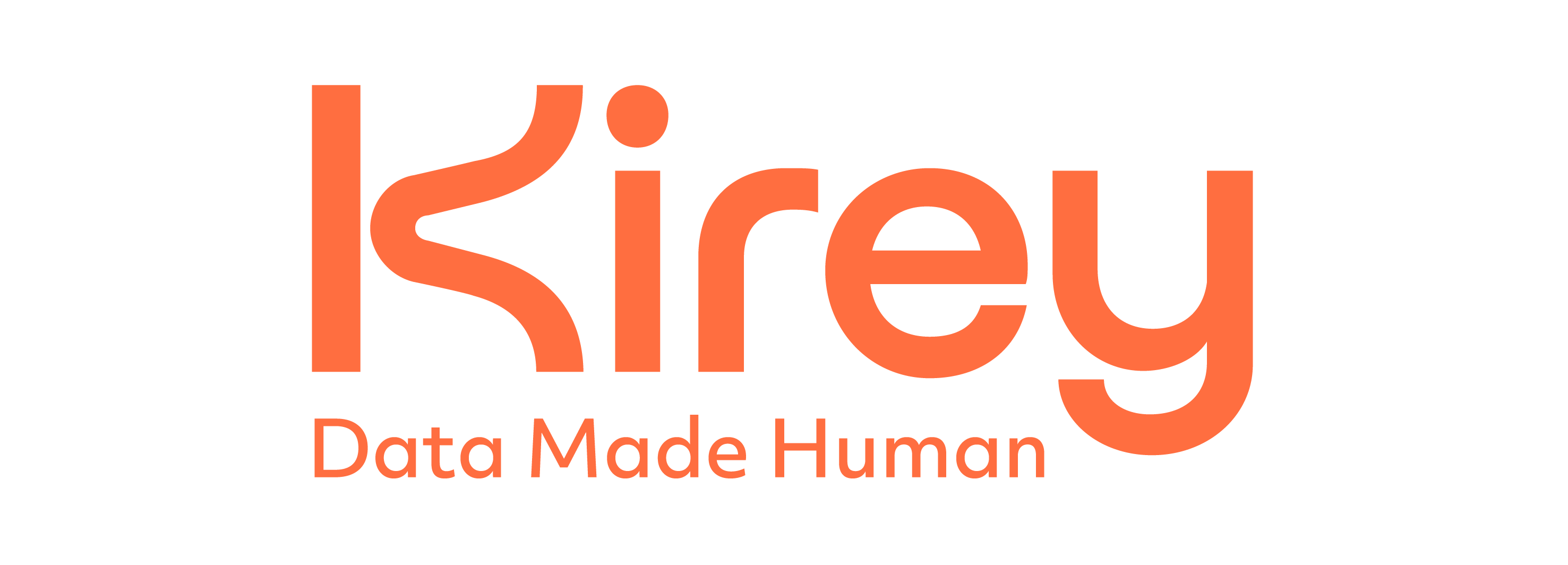5 Considerations About Limits and Potential of Current Digital Twin Solutions
By Claudio Minora, Business Line Manager Oil & Gas, and Valerio Mottin, Business Line Manager Industry Solutions at Kirey Group
Impact of Digital Twins on Production Efficiency, Cost Reduction, and Predictive Maintenance
Increased production efficiency, cost reduction, predictive maintenance, and a revolution in product design processes – these are the primary benefits that come to mind when discussing Digital Twin. Gartner defines it as "the digital representation of a real-world entity or system." While less talked about than AI, this technology is equally trending, experiencing widespread adoption due to its enormous potential in various application areas. According to McKinsey, nearly 75% of the most advanced companies have already adopted digital twin technologies at least at moderate complexity levels. Furthermore, the global related market is expected to grow at a rate of approximately 60% per year, reaching a value of $73.5 billion by 2027.
Advantages and benefits of digital twins
Industries inclined to implement this type of solution include automotive, aerospace, transportation, healthcare, agriculture, manufacturing, as well as energy and infrastructure sectors. However, digital twins are still in the midst of their evolutionary journey, proving to be anything but a commonplace technology as they prepare to reach a new level of maturity. Let's explore why in 5 considerations.
#1 Data Quality Is Still a Critical Factor
A digital twin is a virtual replica of a system's behavior in its operational environment, that relies on a set of data. The critical components of a digital twin, often overlooked, involve the comprehensive management of data in three areas: ingestion, storage, and analytics.
Ensuring that one's asset is described by reliable data is increasingly a necessity, complicated by the fact that digital twin data typically comes from multiple sources. The data quality is crucial in determining the success or failure of this kind of project.
#2 Scope: From Systems to Processes
Digital twins can operate at increasing levels of inclusion, scope, and sophistication in the value chain. The traditional approach involves providing digital replicas of production plants navigable through a 3D model; to achieve a complete digital representation, the model must evolve to include aspects such as simulation, operation, and maintenance. The next step is to go beyond, increasingly describing the behavior of represented assets, covering the entire value chain. Today, there is also talk of digital process twins that can simulate the actual operation of internal business processes, such as the impact of an IT migration. However, this cannot be separated from an upstream requirement: the complete digitization of the aspects that need to be traced.
#3 Breaking Free from Silos
Digital thread technology can help optimize operations and drive improvements in product design and production processes, but only if companies avoid new data silos and choose interoperability. During planning and implementation, many companies face a new digital challenge: synchronizing systems, technologies, and data repositories that are often disparate, isolated, and distributed within the organization. Only in this way, a greater integration can be achieved, capturing the full value of the Digital Twin across the entire value chain.
#4 Constant Evolution: A Problematic Advantage
A digital twin can operate and change in real-time, but if this is a great advantage, it also requires that existing data and models be updated with the latest state and changes of represented assets. It must update its performance by analyzing the real-time variable data of the physical object, whose behavior constantly changes over time. The automatic updating process, therefore, poses once again a challenge of data reliability – ensuring that the acquired values do not result from measurement errors or external factors. The keyword must be alignment, or better, a true symbiosis.
#5 Towards Breaking Down Usage Barriers
Currently, the investment costs to create a digital twin are high, with a visible Return on Investment (ROI) over the long term. Companies must purchase hardware and software, hire qualified personnel, and allocate time and resources to development and testing. Moreover, the implementation process can be lengthy and demanding, requiring assurance of having the capabilities and resources to manage it effectively. However, digital twins are already making a significant difference in product development performance. For some users, they have reduced total development time by 20-50%, cutting costs. For others, they have reduced the number of expensive pre-production prototypes to be built, often from two or three to just a couple. Lower costs, shorter implementation time, and greater accessibility will be part of their future.
